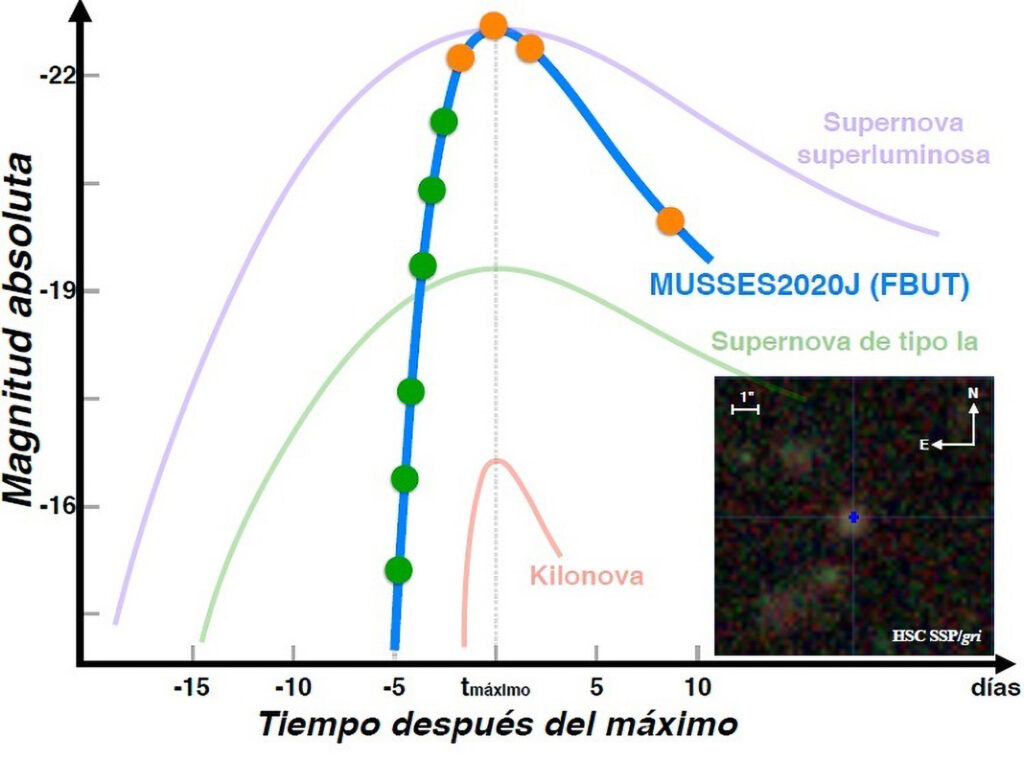STARBURST: New Flash Of Deep Space Could Be Massive Star Explosion
Scientists have discovered an ultra-bright phenomenon in the distant universe that could have come from a star destroyed by a black hole.
The fleeting phenomenon evolves much faster than a supernova but is just as bright as the massive star explosion.
This is according to the findings of an international scientific team in Astrophysical Journal Letters.

The authors believe that the phenomenon could also have originated from a pulsating supernova that clashed with its own circumstellar matter or a supernova associated with a magnetar, a star that is believed to have an extremely high magnetic field.
Pilar Ruiz Lapuente from the Institute of Fundamental Physics (IFF) in Madrid, Spain explained: “There are several possibilities: that it is a star destroyed by the tidal effect of a massive black hole, or a supernova associated with a neutron star with a very strong magnetic field, or magnetar.”
The discovery formed part of an international project called Musses, headed by Jian Jiang from the National Astronomical Observatory of Japan (NAOJ) in collaboration with The Astrophysical Research Institute of the Canary Islands (Instituto de Astrofísica de Canarias) or the IAC in Spain.

The team’s objective was to investigate the nature of moving phenomena or Ultra luminous Blue Transients (FBUT).
A statement from the Spanish National Research Council (CSIC) explains that transients are rapid pulses filled with energy on the ultraviolet or blue spectrum with a spectacular brightness that slowly disappears.
The team specifically aimed to investigate MUSSES2020J, the name given to a rapidly evolving transient phenomenon discovered on 11th December 2020 close to the centre of a “normal” galaxy.

The scientists realised that the brightness of the phenomenon grew considerably during their observations, which was similar to another recent transient discovery known as AT 2018cow.
The results of the investigation indicate that the phenomenon is an active compact object – either a black hole or a neutron star, according to the experts.
Lapuente explained that the phenomenon could also be a pulsating supernova due to the instability produced by the creation of pairs of electron-positron or PPSIN.

PPSIN are massive star explosions that collapse and form a black hole while simultaneously shooting out a jet-like stream of external layers.
This model could explain why the light curves in a certain way, shedding light on the AT 2018cow discovery while the findings could start new a debate regarding the origins of similar phenomena.



